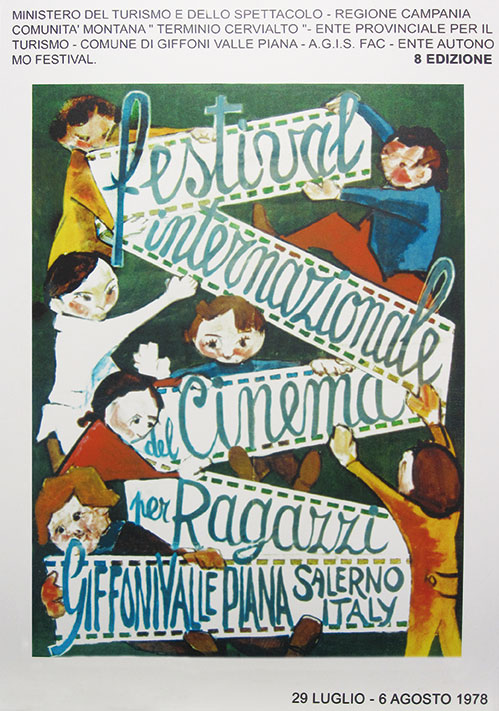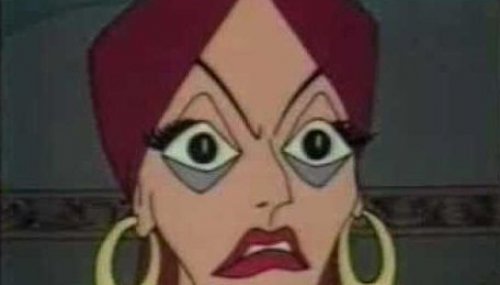Synopsis
A distinctly Disneyish imprint, it is freely inspired by The Three Musketeers by Alexandre Dumas, centered on the figure of D'Artagnan, flanked by Athos, Portos and Aramis and tells the most famous adventure of the quartet: the recovery of the diamond necklace given by the queen of France to the Count of Buckingham. The various episodes are illustrated and made more understandable to younger viewers by a talking owl invented by the filmmakers whose epic and sentimental aspect is underlined by songs interpreted by the Cousins of Campagna.

Sections & Films
THE GLORIOUS MUSKETEERS
| Original Title | VIVA D'ARTAGNAN |
| Italian Title | VIVA D'ARTAGNAN |
| Category | Official Competition |
| Festival Awards | Special Prize (1978) |
| Section | Official Competition |
| Tipology | Animation, Feature Film |
| Duration | 86' |
| Production Year | 1977 |
| Nationality | France, Italy, United Kingdom |
| Directed by | Gabriele Crisanti, John Halas |
| Screenplay | Paolo Di Girolamo |
| Music | Bruno Zambrini, Gianni Zambrini |
|
Gabriele Crisanti (Rome, 1935) is a film producer, director, screenwriter, professor of architectural design and art history, and Italian set designer. |
|
John Halas (Budapest, 6 April 1912) is a Hungarian animator. |



 GABRIELE CRISANTI
GABRIELE CRISANTI JOHN HALAS
JOHN HALAS